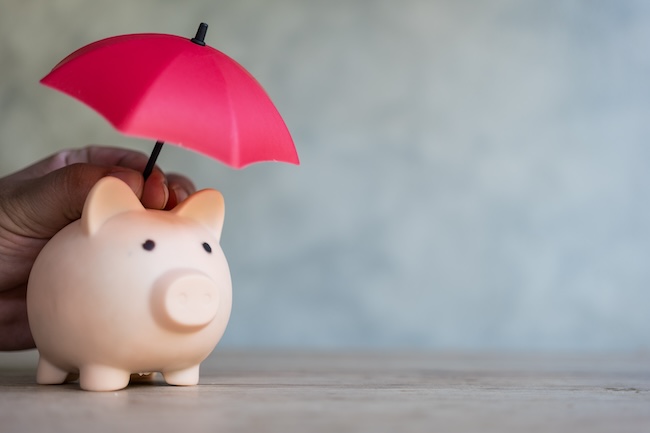The UK may be lagging behind other European countries in offering incentives for green business, but the last Budget made some small steps in the right direction. Paul Webb, a partner at small business tax specialist Robert James Partnership, looks at the green tax breaks and ‘green loans’ on offer.
1. Enhanced capital allowances (ECAs)
ECAs are available in addition to the existing Annual Investment Allowance (AIA). They grant tax relief to companies investing in new energy efficient machinery, green cars or water-saving equipment.
One benefit is that the whole cost of the purchase can be written off against tax in the first year of purchase, unlike with the AIA where only the first £50,000 can be completely written off in the first year (followed by 40 per cent of the remaining balance in year two and then 20 per cent for subsequent years). This is why ECAs are sometimes known as “100 per cent first-year allowances”.
The ECA scheme is not without its critics, however. One complaint is that the qualifying criteria are too strict. ECAs can only be claimed on specific types of energy-saving products that meet the relevant criteria for their particular group. There are 14 categories of these, together with 60 qualifying subcategories, which are listed on the Energy Technology Criteria List published by HMRC.
It’s worth remembering that HMRC now regards the installation of double glazing as an allowable expenditure for tax relief purposes. Although it does not fall under the ECA, it may still be possible to offset the total amount against your tax bill in the first year.
2. Climate change agreements
Currently the climate change levy, a tax on energy delivered to non-domestic users, rises each year in line with inflation. The income raised from this tax is used to fund energy efficiency programmes, of which the Carbon Trust, a government-funded company that helps businesses cut carbon emissions, is one.
If your business is energy-intensive, such as a printing firm or bakery, you can qualify for a reduction of up to 80 per cent on your climate change levy by signing a climate change agreement, in which you would commit to meeting set energy efficiency targets. The most straightforward way to find out more is to contact the trade association for your sector.
3. Interest-free green loans
What goes around usually comes around and the government is making some of the income it receives via the climate change levy available to businesses in the form of interest-free “green loans”. Qualifying small businesses can apply for interest-free loans of between £5,000 and £100,000 from the Carbon Trust to replace or upgrade existing equipment and appliances with more energy-efficient versions, or install energy-saving products such as insulation. Find out more from the Carbon Trust which also provides resources to enable you to calculate your business’s carbon footprint.
4. Tax relief on low-emission cars
There are two ways cars with low carbon dioxide emissions can save on tax. If you are buying a new company car with emissions of not more than 110 grams per kilometre (g/km), you can claim a 100 per cent first-year allowance for its full cost. In addition, the taxable benefit to an employee who is provided with a company car to use privately will also be lower for cars with lower carbon emissions.
Green Car Guide is an excellent resource to find out more about cleaner vehicles, while DVLA has more information on how you can save vehicle excise duty by choosing a car with a lower emission rating.






